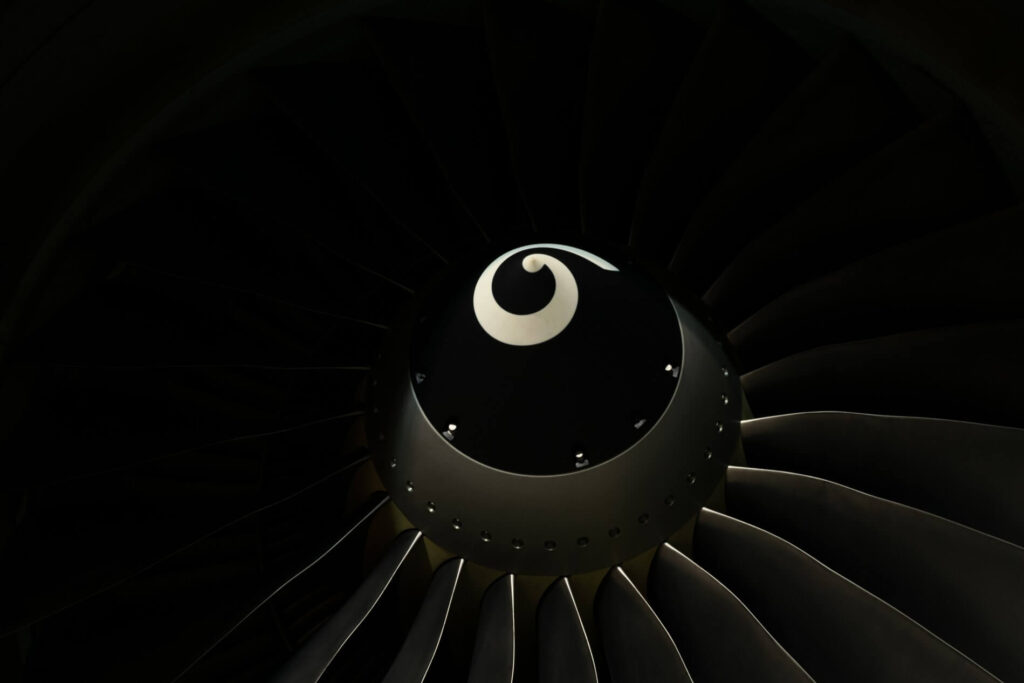Even when the world turns on its own head, navigating the new normal is crucial to ensure your survival. Taking care of your assets is also important to ensure that if any sudden changes happen in the market, one is ready to respond to those changes. However, maintaining aircraft engines can sometimes be overlooked, or even frowned upon, as the process requires quite the capital and time investment in order to do so. Yet there are options.
Quick-turn activity engine shops help maintain engines, preserve their values and ensure that the high-value asset is properly stored in a condition that will allow it to return it to operation immediately.
Consistency of narrow-body aircraft and engines
While wide-body passenger aircraft were parked due to low demand of trans-continental flights, both passenger and cargo narrow-body single-aisle jets have remained quite active throughout the year. In particular, the Airbus A320 and the Boeing 737 families, including the Current Engine Option (ceo) and the NextGeneration (NG) families. The Boeing 737 Classic generation (B737-300/400) was one of the most utilized narrow-body freighters in its niche. It had very active operations during Q2 and Q3 2020 season, in addition to supporting regular charter operations and special COVID-19-related missions. Starting from Q3 2020, the Boeing 737-300 and -500 have resumed active operations in a Business jet segment as a so-called Sportjet, supporting major European sports league events.
The International Civil Aviation Organization (ICAO) data indicates that in April 2020, the usage rate for single-aisle jets dropped by 82.1%, while for twin-aisle jets, the number plummeted by 85.9% compared to the same month in 2019. However, while narrow-body aircraft recovered to 47.5% in September 2020, wide-body aircraft only recovered to 32.5% of the previous year’s levels.
FL Technics actively monitored the situation regarding how many aircraft were parked or placed into long-term storage, Andrey Baydarov, the Chief Analyst of FL Technics, told AeroTime News. “We were particularly interested in the engine usage situation, namely the CFM International CFM56 family,” commented the analyst.
A similar tendency holds true when it comes to engines powering the in-demand narrow-bodies. The CFM56 family of engines, namely the CFM56-5B, the CFM56-3 and the CFM567B, power narrow-body aircraft like the Airbus A320ceo, the Boeing 737 Classic and the 737 NextGeneration, respectively. The CFM56-5B and the CFM56-7B generations remained popular even during the peak of the crisis.
While at the peak of the COVID-19 pandemic in April 2020, 35% of the CFM56-5B and the CFM56-7B engine fleet remained in service, the number rose to 75% in September 2020. The CFM56-3 while to a lesser extent has also remained active, especially facilitating cargo movement.
Changes in Engine MRO practices
The current environment in the aviation industry has definitely shifted the whole landscape, from top to bottom. “Of course, the crisis has changed the engine repair market. Engine owners and operators prefer to avoid extra costs to keep engines in standby mode in the context of the current crisis,” explained Baydarov.
Thus, demand for such services as “engine lease re-delivery, storage and preservation, engine conversions and quick-turn activities are on high demand locally while the classic long-build standard performance restorations are postponed or skipped,” he added. Even when the Boeing 737 MAX returns to service, the ever-rising cargo conversions of the Boeing 737 NG and the Airbus A321 will keep the market for engine hospital repair services and green-time engines hot.
Green-time engines are ideal as a cheaper and still safe option for ACMI, cargo operators or engine lessors who would like to utilize current engine green-life as fully as possible.
The wish to optimize Time on Wing (ToW) can arise from a variety of reasons, among which cash and cost savings is not the least one. A quick-turn solution focuses on repairing certain parts of an engine, rather than overhauling it completely.
The so-called engine hospital shop visit approach not only allows an operator to maximize ToW but to also preserve cash and save time. In such an uncertain environment, time is crucial. If demand suddenly spikes, you want your assets to be able to operate and exploit the opportunity. A quick-turn engine shop is an ideal solution for the task, as an alternative option – an engine overhaul – is quite expensive and time-consuming.
“For example, the CFM56 family has a recurring problem with its High-Pressure Compressor (HPC) Rotor-Stator Contact,” explains FL Technics Engine Services chief executive officer (CEO) Valerij Deveikis. If during an aircraft maintenance a problem is detected, a Top Case repair of the HPC can be quickly conducted by a quick-turn engine shop even at the base maintenance hangar. That allows saving time and realizing the full advantages of one-stop solutions during aircraft maintenance events.
“All in all, the demand for quick-turn engine shop services during the current downturn and going forward will be relatively high. Not to mention various aircraft on ground (AOG) events, including such occurrences as bird strikes,” concluded FL Technic’s chief analyst.

